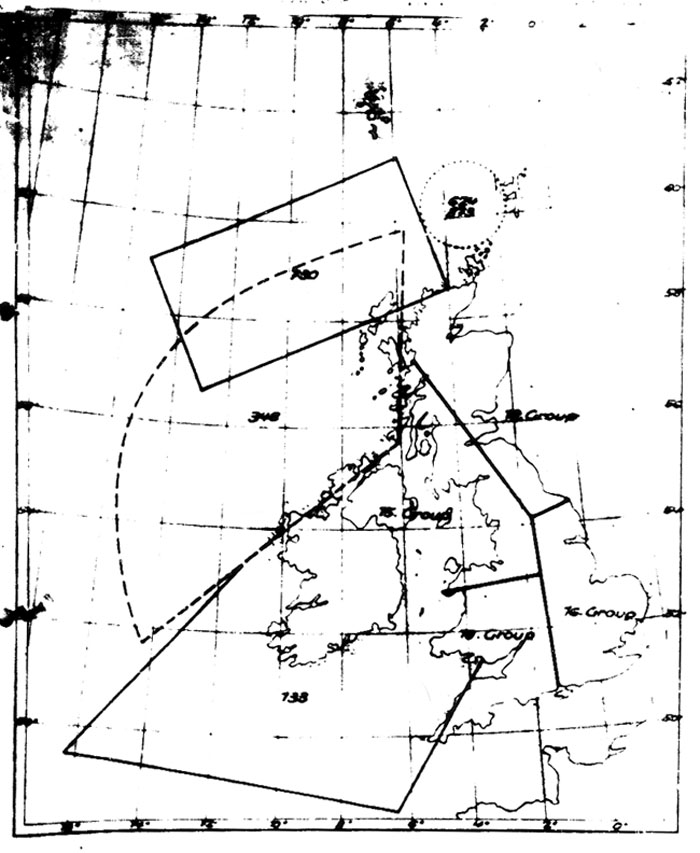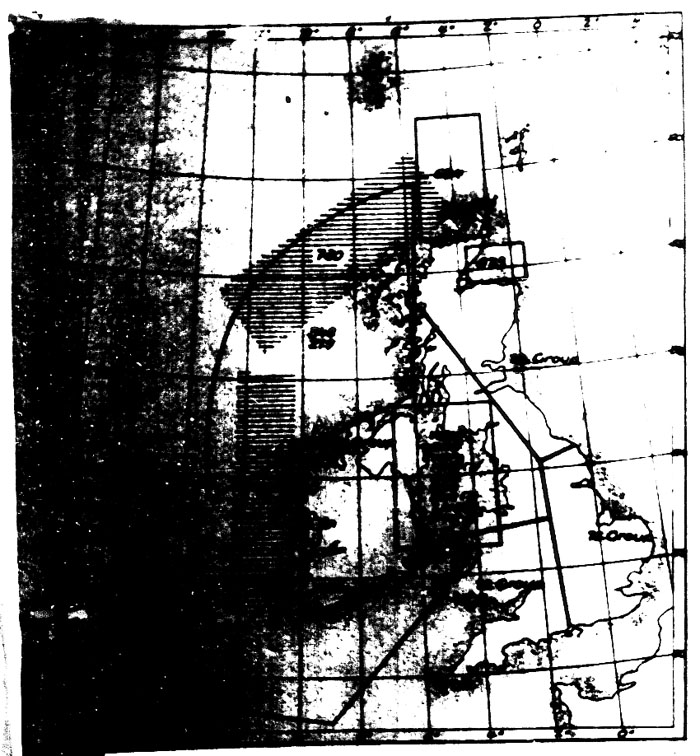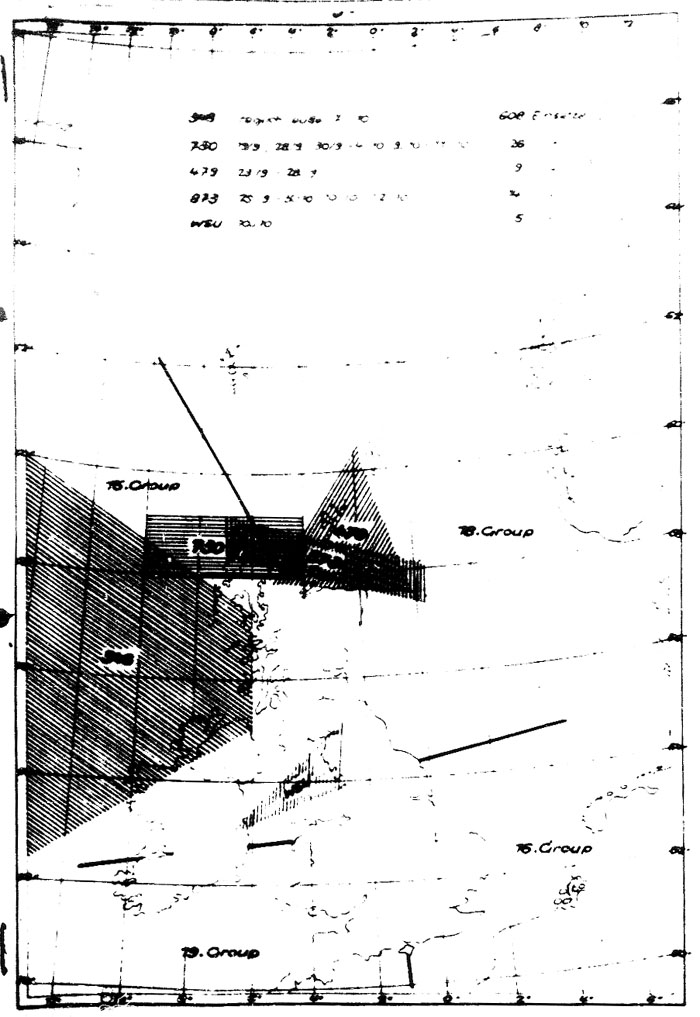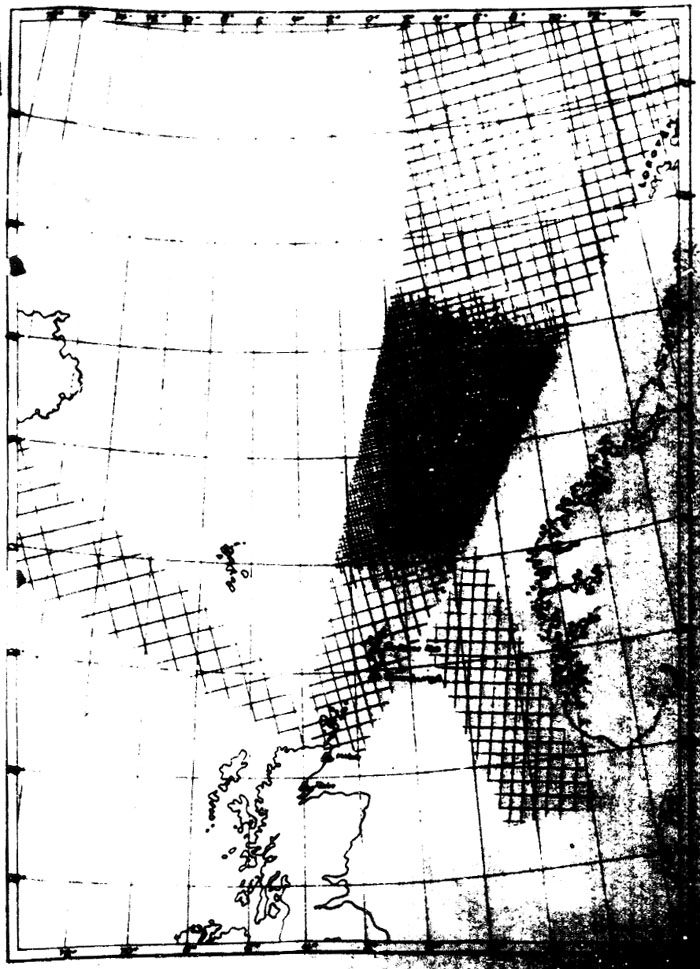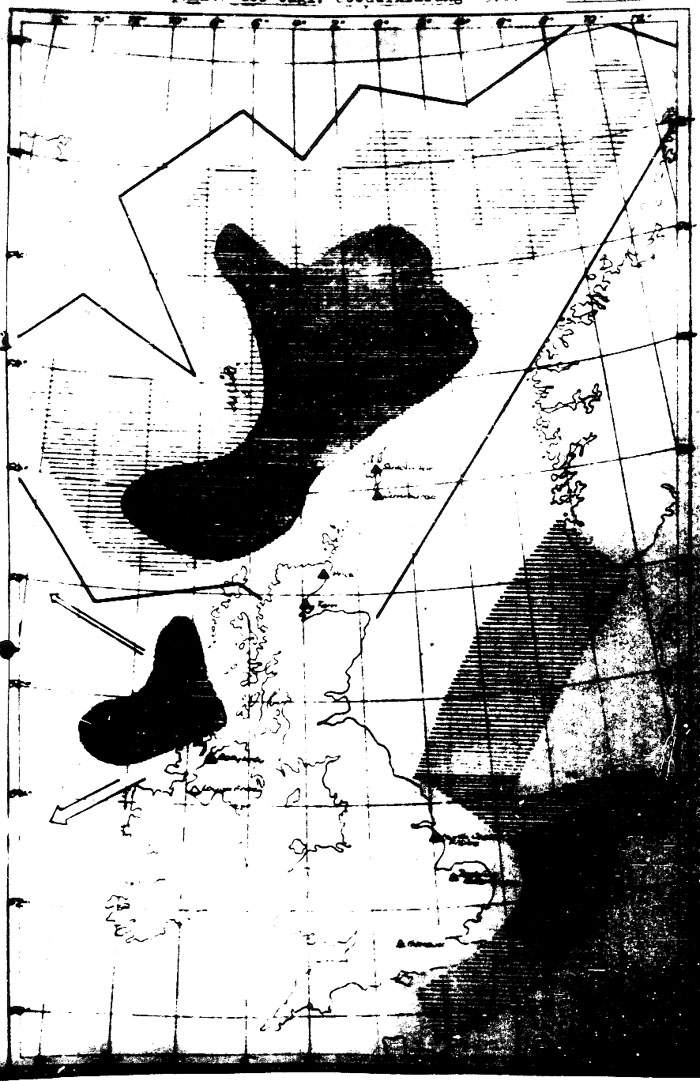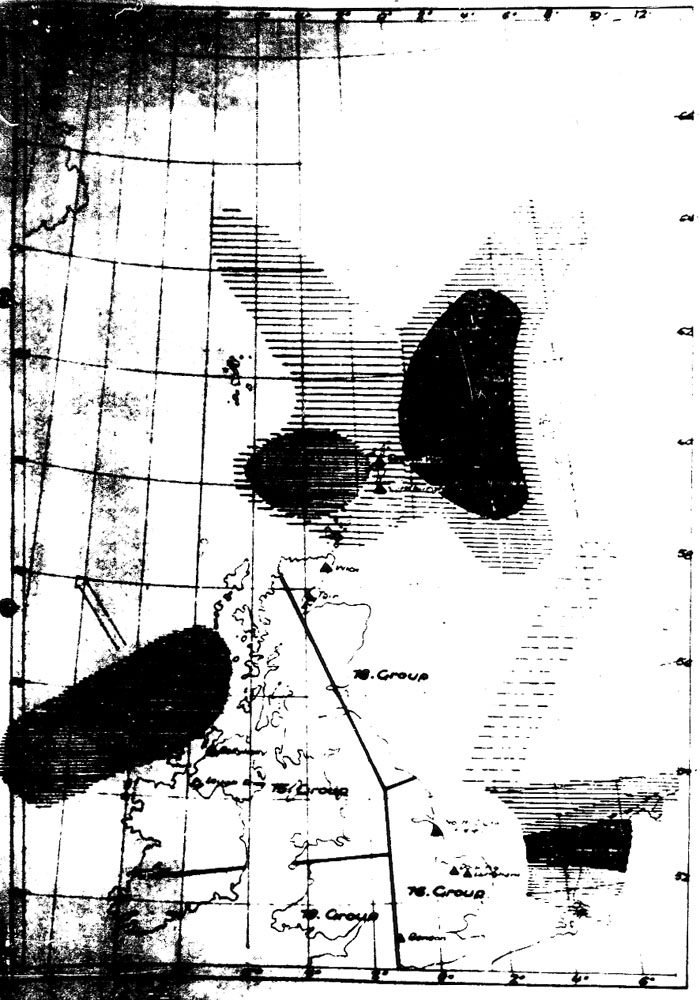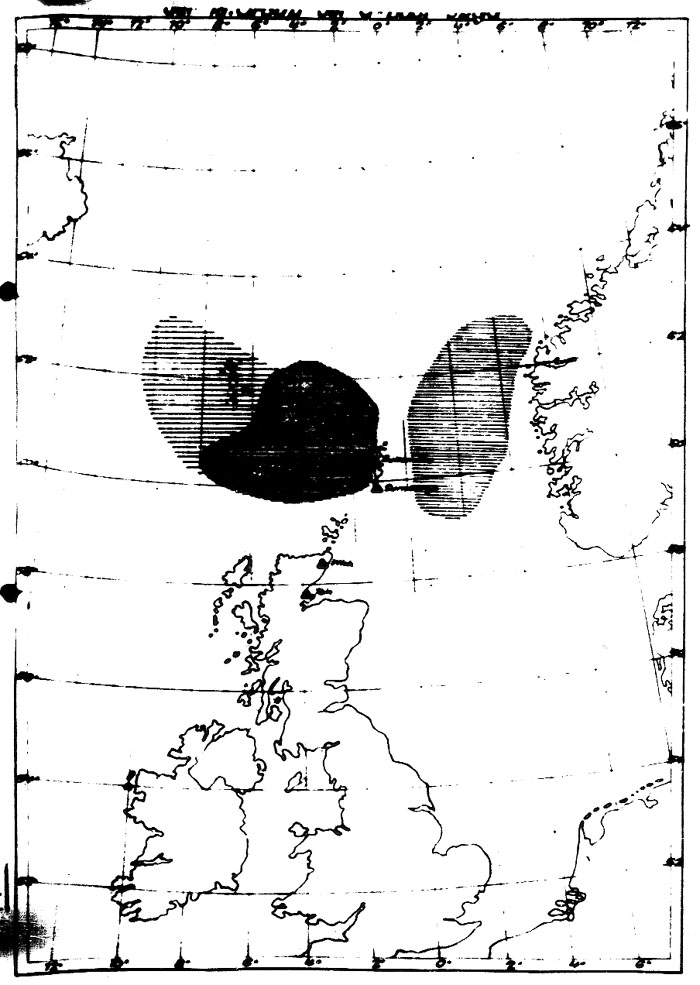Appendix 1 to Operational Orders "Brutus" |
Enemy situation Thames-Scheldt. on 10.1.1954. |
| |
|
|
|
| 1) |
Traffic: |
| |
3 convoys putting out from the Thames every day. |
| |
TAM (Merchant ships, Thames-Antwerp), convoys, speed 8 knots, consisting mainly of Liberty ships. |
| |
TAC (Coasters, Thames-Antwerp) convoys, speed 6 knots, small coasters. |
| |
TAL (Landing craft, Thames-Antwerp) convoys, speed 9 knots, consisting of landing craft. |
| |
The convoys proceeding at 6 and 9 knots are bound for Ostend and other small discharging positions along the coast as far as the Scheldt. |
| |
The 3 convoys which proceed back to the Thames every day are as follows: |
| |
ATM (returning Liberty ships, speed 8 knots). |
| |
ATC (returning coasters, speed 6 knots). |
| |
ATL (returning landing craft convoys, speed 9 knots). |
| |
Ships with higher grades of speed, proceed as single ships. |
| |
|
|
|
| 2) |
Times: |
| |
a) |
The TAM convoys proceeding to Antwerp at 8 knots, run to a definite time-table. The assembly point for these convoys is the Outer Thames off East Spile. They are as follows: |
| |
|
From 6.12. - 17.12.44: |
| |
|
| Thames off East Spile |
2330-0000. |
| off Dumpton |
0315. |
|
| |
|
Alteration of this time-table on 17.12.44, and still in force: |
| |
|
| Thames off East Spile about |
2230. |
| off Dumpton, about |
0200. |
|
| |
|
There was a delay off Dumpton of 1/2 to 3/4 hour, as a result of waiting for ships to connect, and changing pilots. |
| |
b) |
Reciprocal convoys from the Scheldt to the Thames - ATM, speed 8 knots: |
| |
|
From 8.12.44. to 17.12.44: |
| |
|
To the north of Flushing at 1800. |
 |
 |
 |
|
